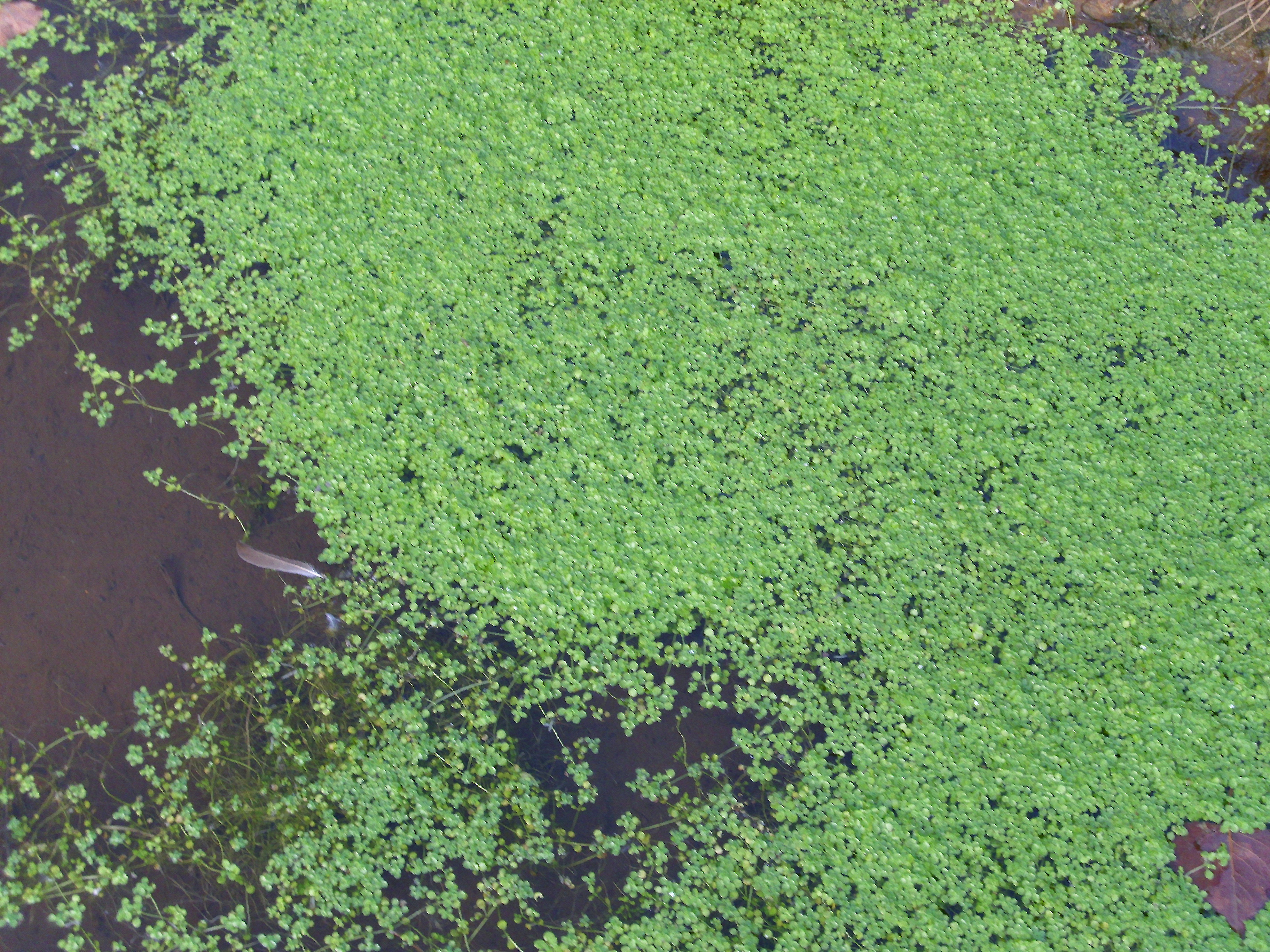vance1013 said:
so after studying the list of native fish here for Washington for a few hours the most common one small enough and is country wide, ive come up with is Gambusia affinis, mosquito fish, any thoughts on that
Gambusia is not on the invasive list but is on the regulated list
Animal Fish
Family: Poecilidae
Classification: Regulated
Mosquito Fish
Mosquito fish
The virtues of the mosquito fish, Gambusia affinis, have been extolled by many mosquito control organizations. However, the species can be a major pest when introduced outside their natural range. In addition to eating mosquito larvae they eat a variety of other insect larvae, zooplankton and aquatic plants. They are aggressive and have been known to feed on eggs, larvae, and juveniles of various native fishes and amphibians. Because of these negative impacts, Gambusia is a regulated species in Washington State, and cannot be introduced without a fish stocking permit. Under current WDFW policy, transfer/stocking permits may only be issued to organized Mosquito Control Districts, the U.S. Army Corps of Engineers, and city, county or state health departments, they may not be issued to private individuals. It is prohibited to stock Gambusia in Clallam, Jefferson, Kitsap, Grays Harbor, Mason and Thurston and portions of Lewis County that drain into the Chehalis river to protect the Olympic mud minnow.
I think that being on the regulated list would just mean be super careful with them. It says you cannot introduce the fish without a stocking permit but I also would not think you need a stocking permit for an aquarium (I could be wrong though) but I would think you might need a permit for a pond possibly? All these rules and regulations make assumptions that we laymen know what all these terms and such apply to...but at least we are trying to learn also. A call to the Department of Ecology or Fish and Wildlife might clear things up.



